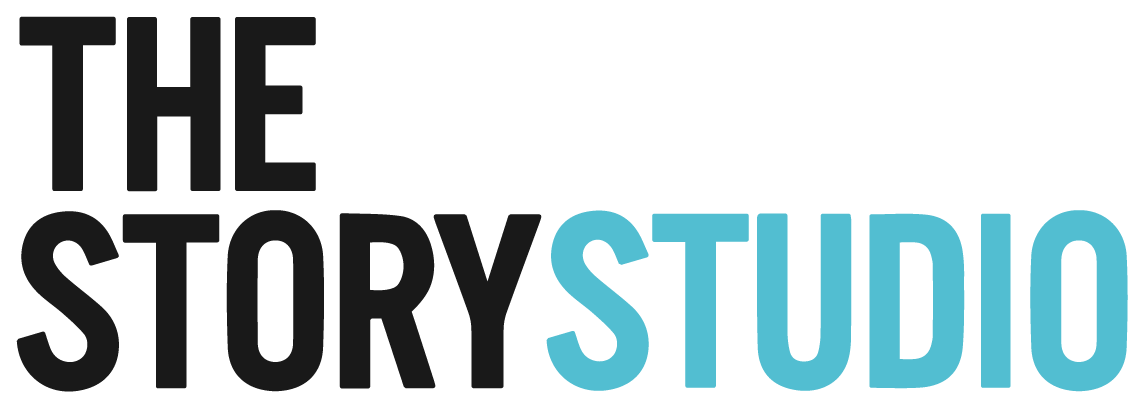Researching Schools Happens Mostly Online. Content Strategies to Make Yours Stand Out
How a customer makes a purchasing decision in a consumer market is perhaps the most important question advertisers need to answer. The quest has inspired Nobel prize-winning research and extensive speculation. Luckily, when parents or young adults are deciding on a school — whether a university, prep school, or even a pre-school — we already know the factors they consider because many of us have lived the same experience. We know that an institution’s academic reputation, proximity, curriculum, cost, diversity, availability of extra-curricular activities, safety, and class size are all factors that matter and are often weighed far in advance of a prospective student’s decision.
For an education brand, the question is how best to disseminate this information to the target audience before they make a decision. One answer is a content strategy that bundles your core assets of expertise and insight (the differentiators mentioned above) so that they resonate with your target audience, enabling discovery and consumption. Creating content that speaks to all stages of the research, application, and enrollment process is crucial to influencing your audience’s decision. In fact, today, the first step most of your audience will take is to consume your digital content before even considering an in-person visit.
Content marketing is most effective when it takes the form of engaging narratives. Compelling narrative content can have as much impact as word-of-mouth recommendation. To make your content more engaging, take a close look at the factors that make your school or university unique, then consider the questions most frequently asked by visiting parents and potential students, and combine those assets as marketing content.
Engaging native content can take many forms — a longform story, a podcast, a video series, or a branded hub — all of which can be amplified, depending on your goal and budget. For written stories, a journalistic approach has many advantages. Editorial content can take deep dives into personal experiences that reflect what makes your institution stand out. These stories are also easily updated, making them an evergreen, searchable option online.
Podcasts are one of the most accessible ways to tell a story. Every day across your campus, interesting and insightful things are happening. Human interest stories can highlight your latest excelling student or program, whether in the classroom, the field, the lab, or the community. Podcasts are a way for your audience to tag along and experience something special.
Videos are integral to this process. While podcasts and editorial content are fantastic at telling a story, visuals can help your audience picture themselves at your institution. Often, a combination of story and video works hand-in-hand.
Read more: How Educators Can Address the Teen Mental Health Crisis in Their Content
Branded hubs are one-stop digital locations for your content that promote a particular campaign or goal. Hubs can show off your articles, podcast, and video all in one place. Versatile and creative, a branded hub provides your audience with an unparalleled experience that can be both insightful and engaging.
Social activations pair with any of these content marketing products. Most of your students are active on socials. Hosting engaging content there showcases all your school has to offer: social media is the glue that binds it all together.
The challenge for schools is to take the rich, in-classroom, on-campus and increasingly digital learning environment and make it accessible, meaningful and relevant to an audience during their decision process. Engaging content using these products and strategies will help you achieve just that.

